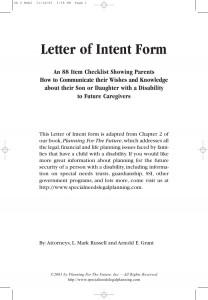 The first step in creating a letter of intent for medical school is to only do so when you are sure you have been placed on the shortlist and your application is being considered by the school you are writing to.
The first step in creating a letter of intent for medical school is to only do so when you are sure you have been placed on the shortlist and your application is being considered by the school you are writing to.
If your application is not being considered then the letter of intent is a pointless act, starting to draft a letter of intent is a good idea after applying to specific schools and can make sure the letter is perfect for when the application process gets underway.
Do not write a generic letter to any medical school the student is hoping to study at, which can make the difference between gaining entry and failing to be admitted to the medical school of the applicants choice. It is important to make sure the letter details the passion and commitment the student has towards becoming a medical professional and to joining the school of choice.
The problem the potential medical student has is to not overstate their case and create a letter of intent that is too long and wordy. Instead, the overall letter should be short and to the point making it simple and easy for the admissions team to read through it and decide whether it aids their decision or not. Four paragraphs are generally included in a letter of intent for medical school, which keeps the letter to a single side of A4 paper or less.
The first step in writing a letter of intent is to thank the admissions team for their time and for considering the application. This is important as it shows gratitude on the part of the potential student and can make the admissions team feel the applicant is polite and respectful. The letter can become specific to the school at this point when the individual should provide at least two examples of specific reasons why they wish to attend the school or what they enjoyed about the campus when they attended a tour or interview.
In the following paragraph the applicant can provide a few details of what they feel they would bring to the college in terms of their own interests and personality. Following this the applicant can provide some background on what first drew them to the college, which can include the naming of successful alumni or the areas of research the medical school has been involved in. The curriculum on offer can also be detailed at this point in terms of which aspects of the available areas of study draw the applicant to the school. Finally, the applicant should close their letter by once again thanking the admissions team for considering their application and making sure they know their consideration of the applications is appreciated.
The chance to state your case for admission to a medical school can make all the difference in the success or failure of an application. Most applicants to any medical school are closely grouped together in terms of academics, which means the difference a successful letter of intent can make all the difference in the application process.